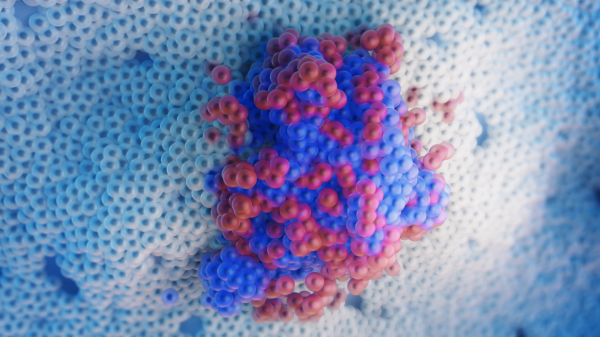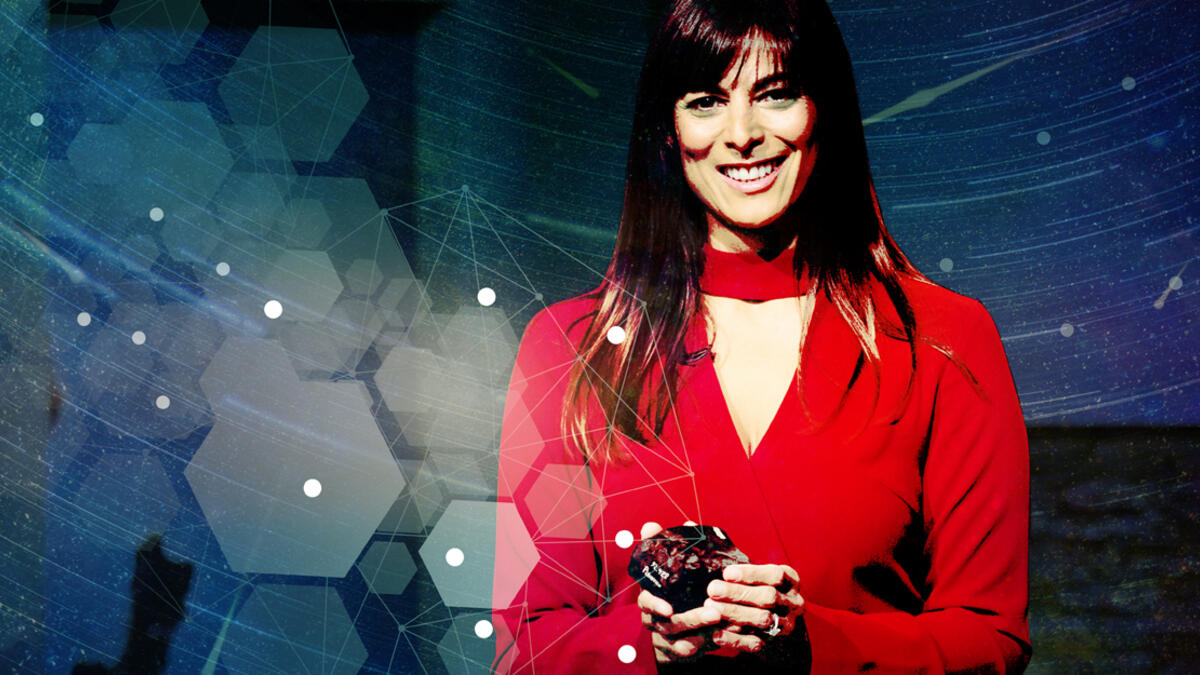Gazing at the night sky conjures deep questions about the universe. Meenakshi Wadhwa, professor at the School of Earth and Space Exploration and director of the Center for Meteorite Studies at Arizona State University, invites us to look at the planetary "Rosetta stones" right here on Earth that can give us answers.
Growing up near the foothills of the Himalayas in India, Wadhwa dreamed of becoming a geologist. But as she kept asking bigger and better questions, first as a bachelor’s student in India and then a graduate student in the U.S., it became clear: She didn’t just want to be a geologist; she wanted to become a space geologist, studying meteorites to uncover the mystery of the origins of the Earth.
In her KEDtalk, Wadhwa takes us on her journey of uncovering her purpose, starting as a curious 8-year-old worried about the Earth running out of oxygen to measuring the age of the solar system to near accuracy.
Wadhwa's talk is part of the ASU KEDtalks series. Short for Knowledge Enterprise Development talks, KEDtalks aim to spark ideas, indulge curiosity, and inspire action by highlighting ASU scientists, humanists, social scientists and artists who are driven to find solutions to the universe’s grandest challenges. Tune in monthly to research.asu.edu/kedtalks to discover how the next educational revolution will come about, whether space is the next economic frontier and more.
More Science and technology

From food crops to cancer clinics: Lessons in extermination resistance
Just as crop-devouring insects evolve to resist pesticides, cancer cells can increase their lethality by developing resistance to treatment. In fact, most deaths from cancer are caused by the…

ASU professor wins NIH Director’s New Innovator Award for research linking gene function to brain structure
Life experiences alter us in many ways, including how we act and our mental and physical health. What we go through can even change how our genes work, how the instructions coded into our DNA are…

ASU postdoctoral researcher leads initiative to support graduate student mental health
Olivia Davis had firsthand experience with anxiety and OCD before she entered grad school. Then, during the pandemic and as a result of the growing pressures of the graduate school environment, she…
